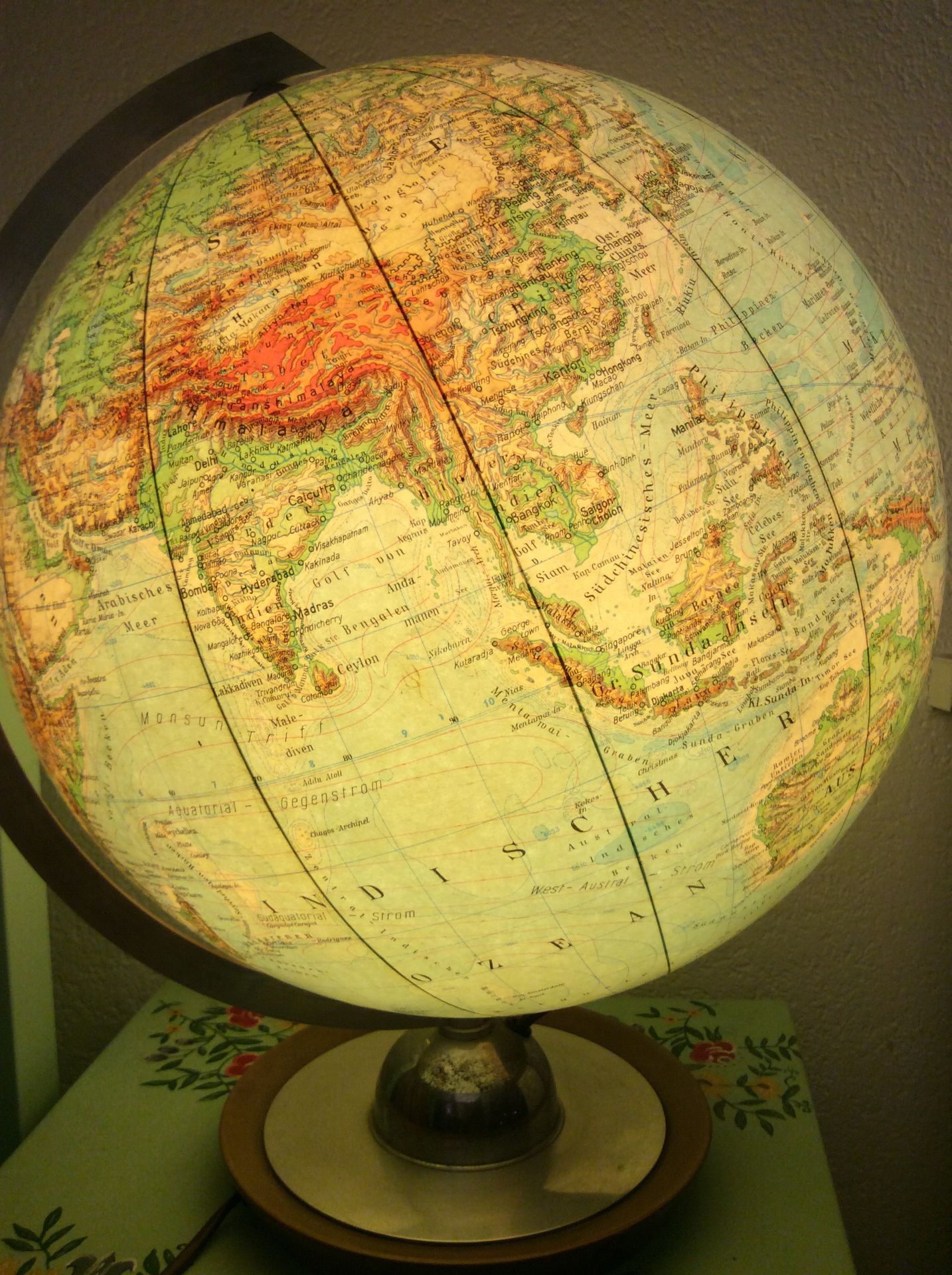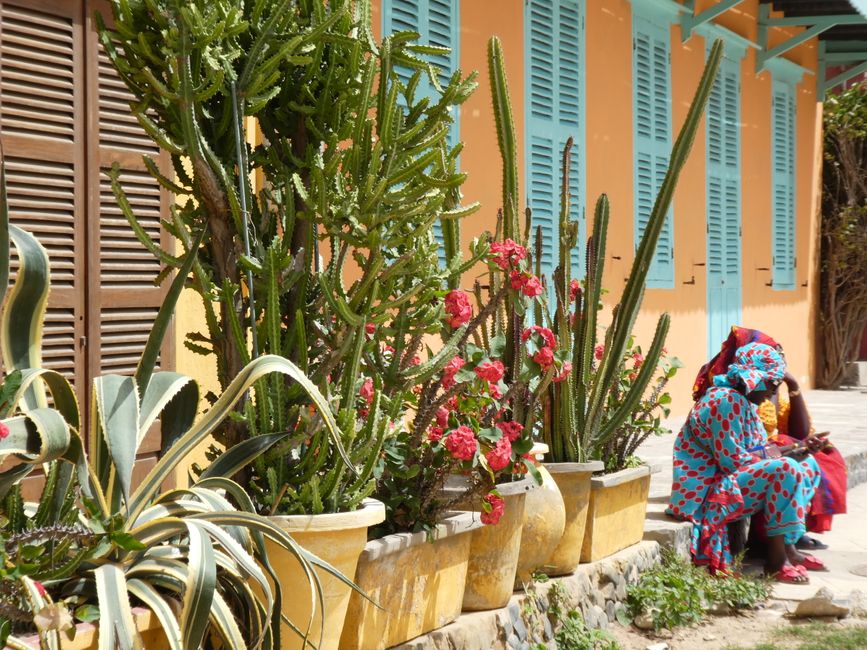The Bromo volcano and the Ijen volcano: Highlights on the island of Java
പ്രസിദ്ധീകരിച്ചു: 18.03.2019
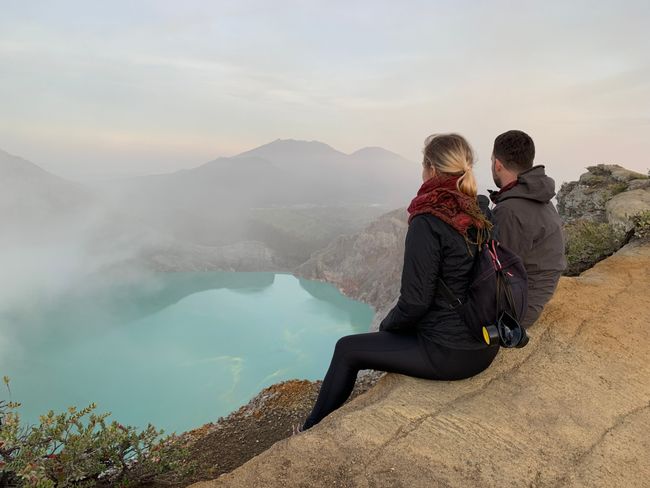
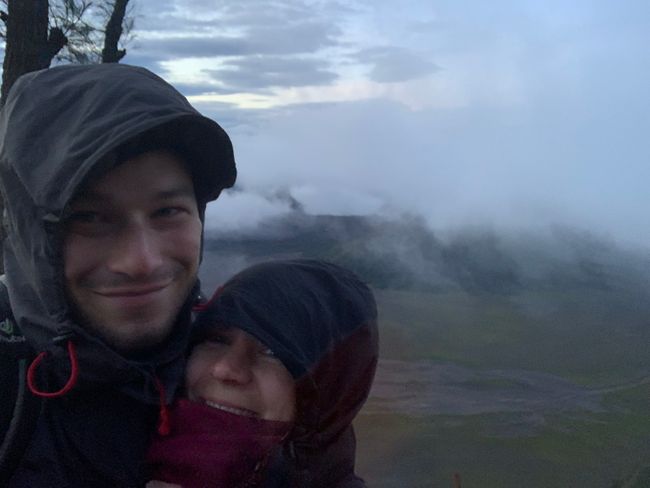
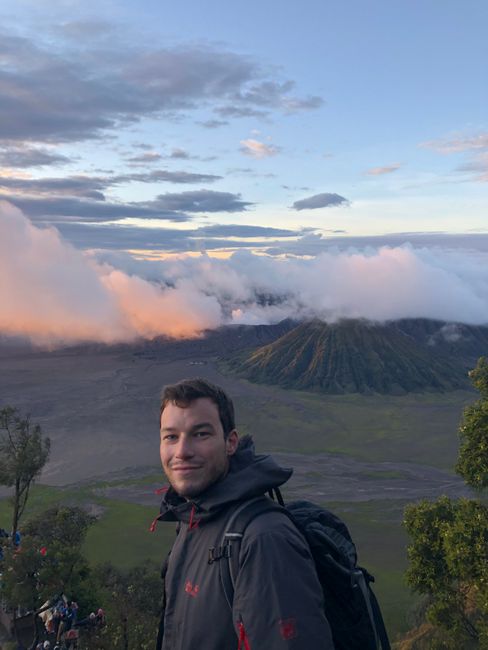
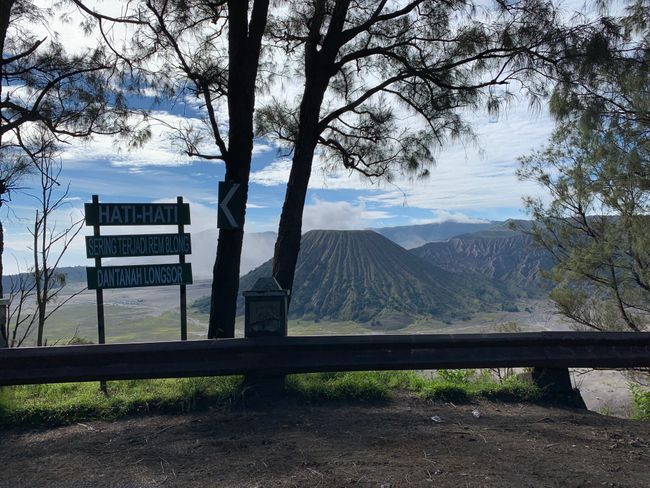
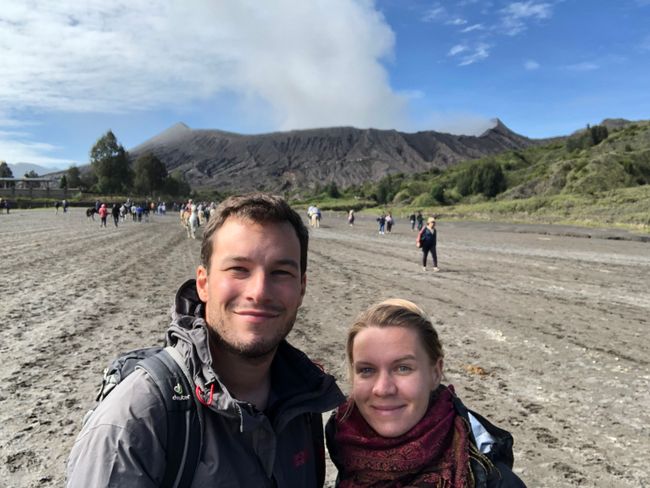
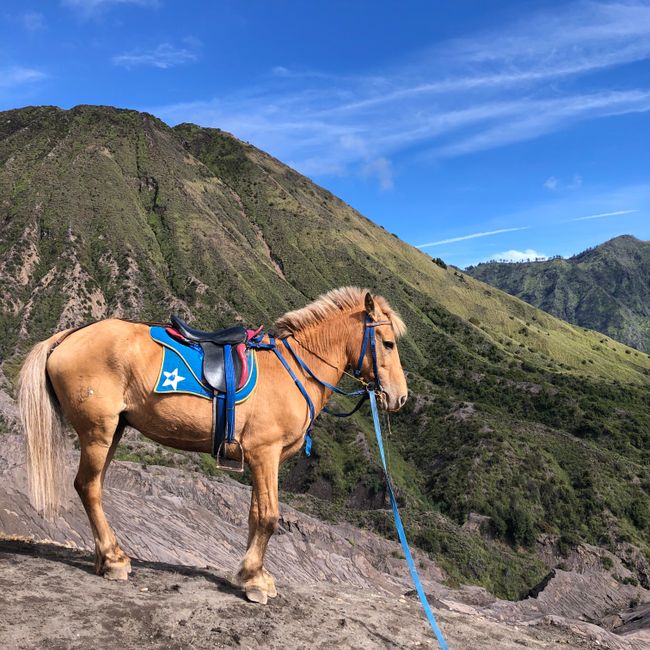
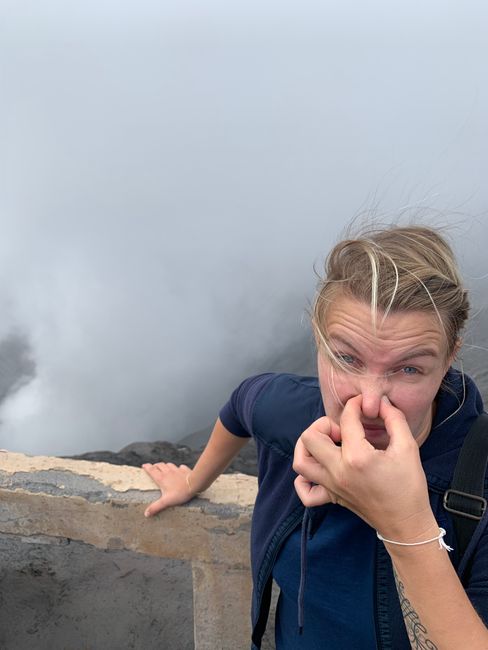
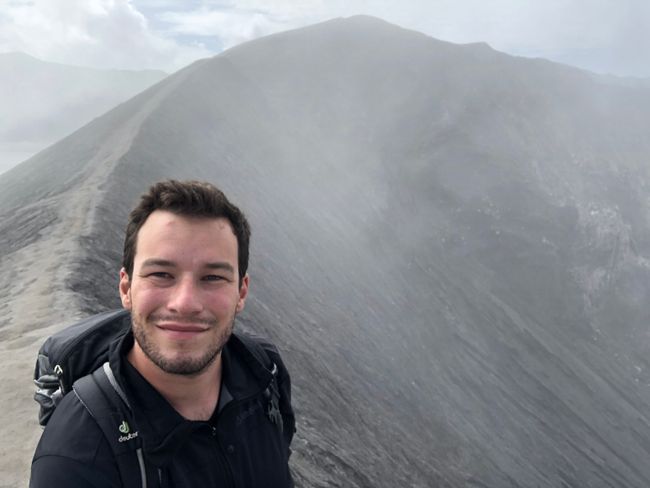
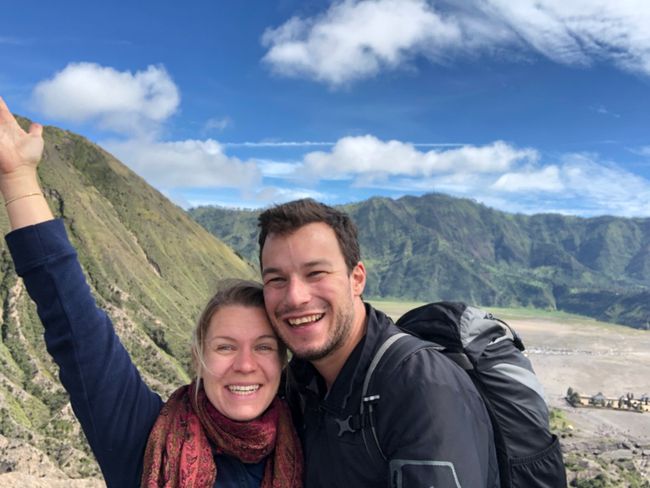
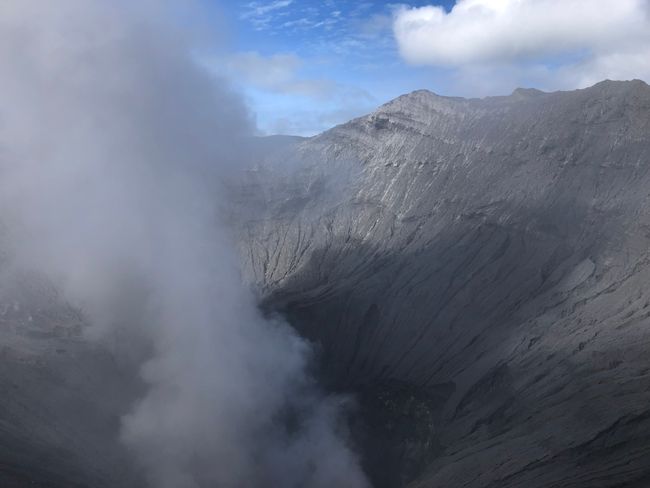
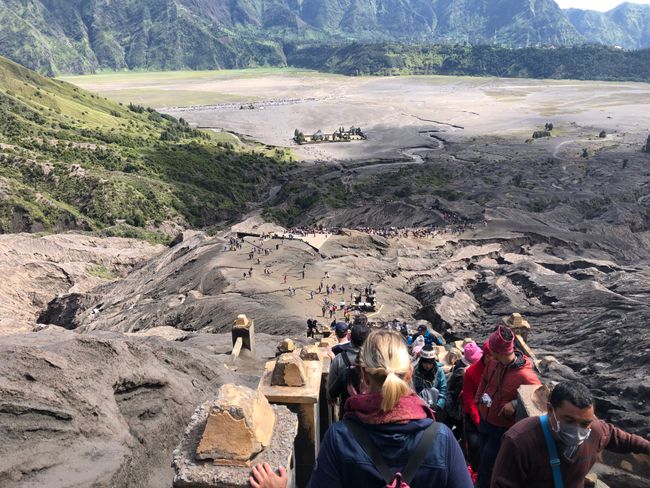
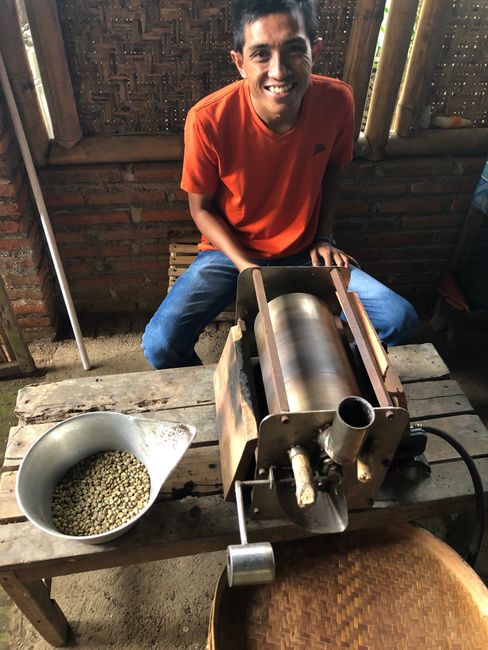
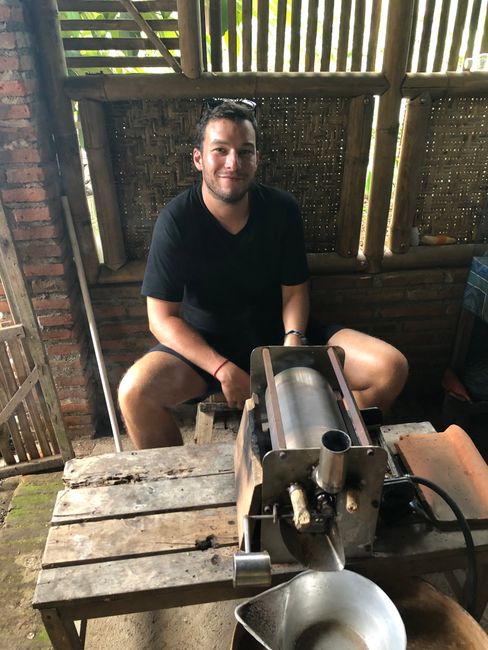
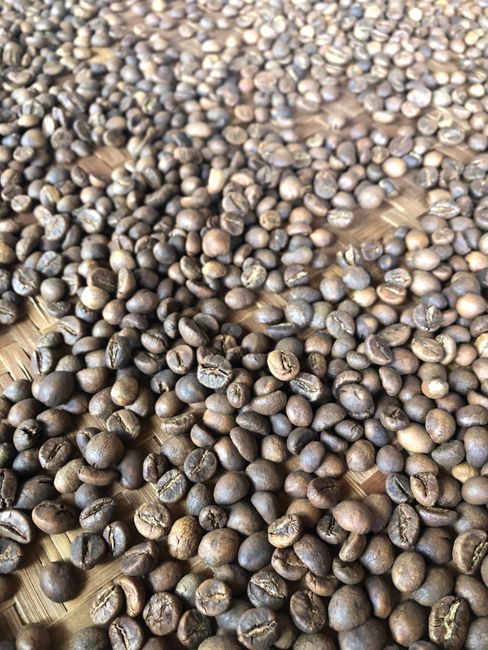
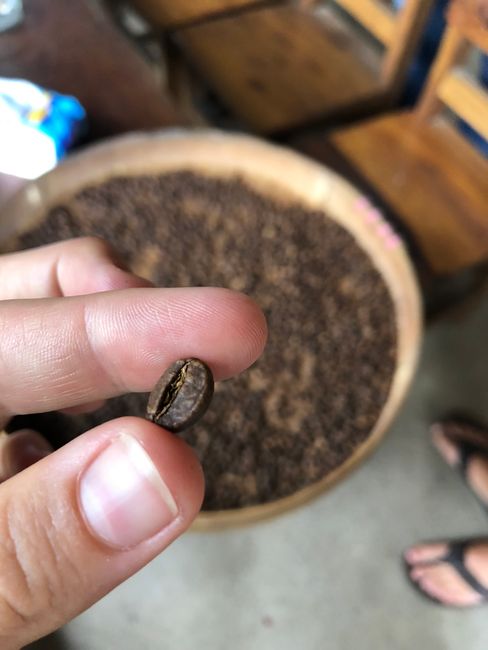
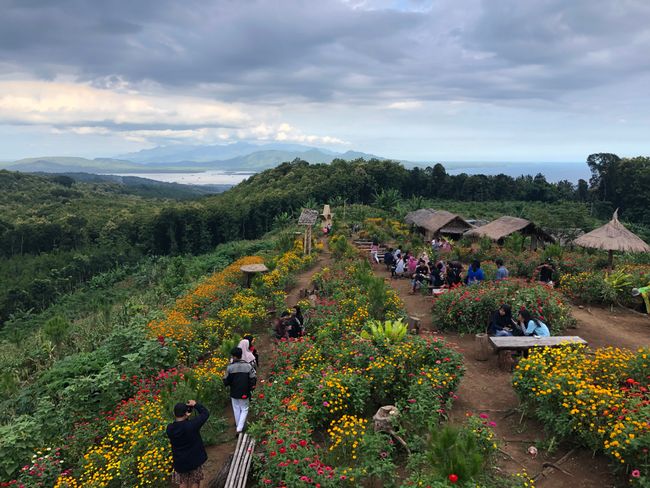
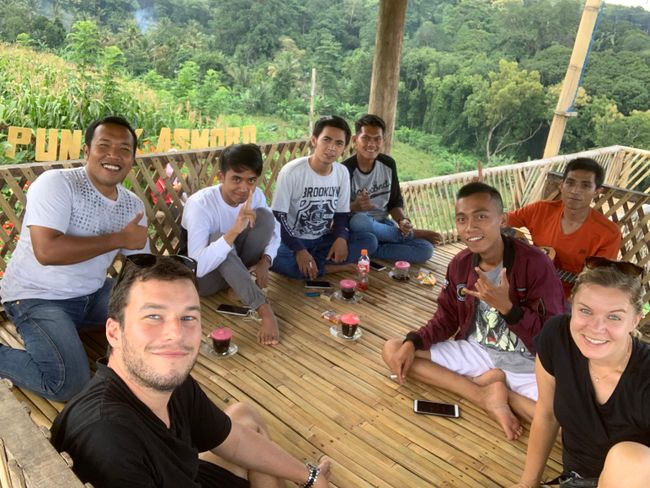
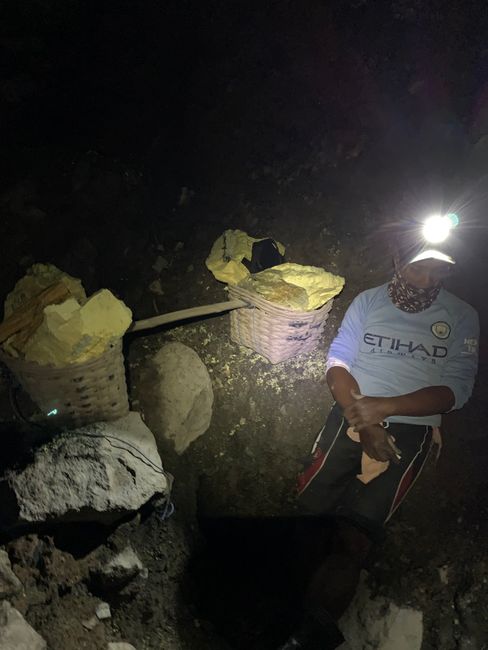
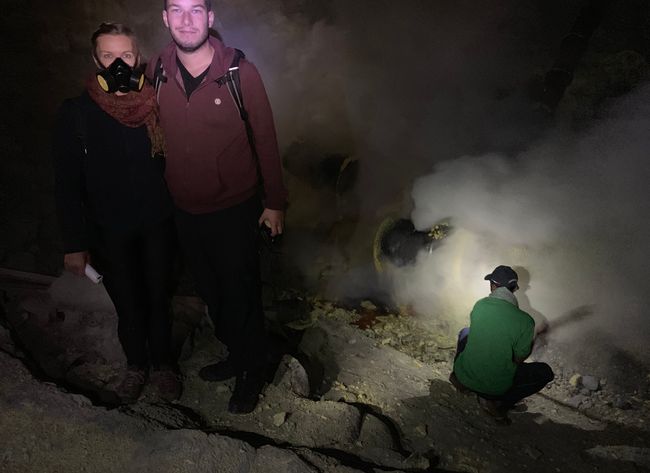
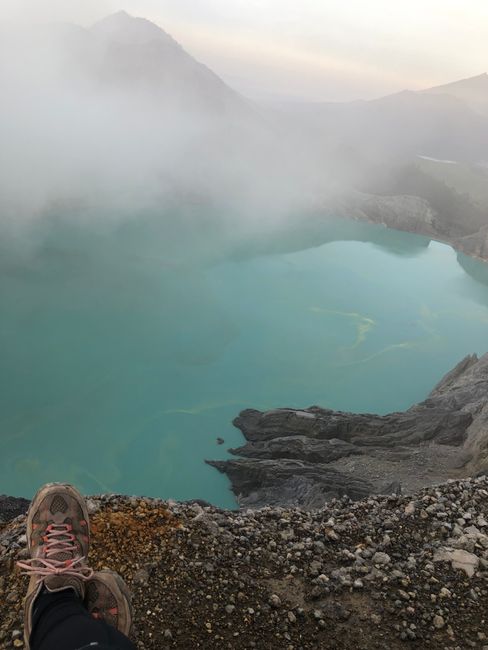
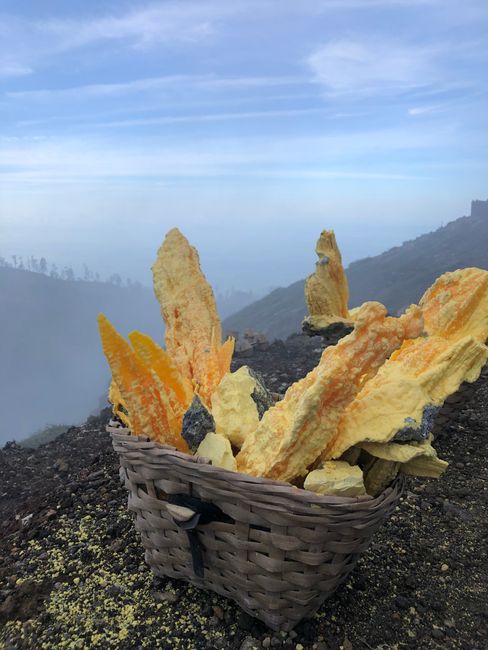
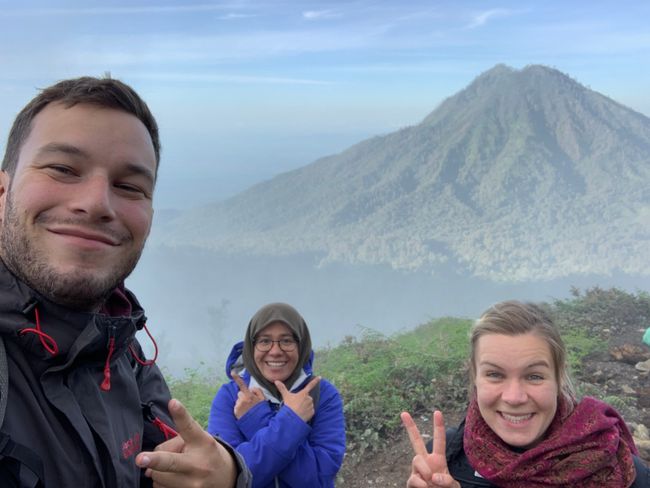
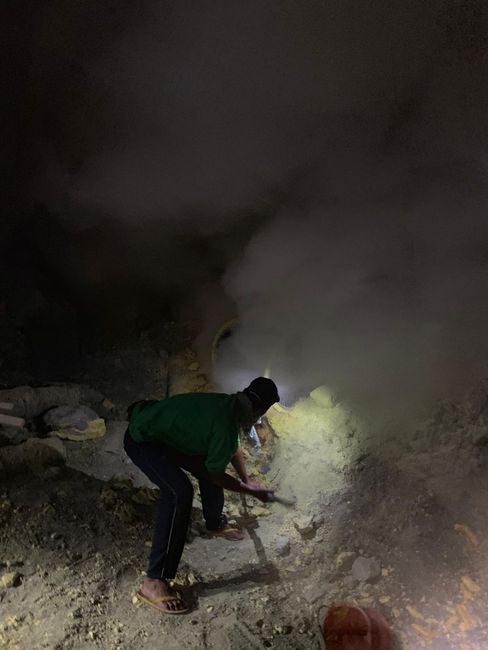
വാർത്താക്കുറിപ്പിലേക്ക് സബ്സ്ക്രൈബ് ചെയ്യുക
The wait was worth it! We start from the city of Malang, and early, at midnight, our alarm clock rings after two hours of dozing. We drive to the Bromo volcano. The journey takes three hours and we drive steeply uphill by car until we end up in a long line of cars. It is super crowded here! As we pass through a village where there are certainly a hundred jeeps lined up along the roads, with loud running engines, shouting men, and confused Asian tourists who have gotten off their tour buses and wandered around, we have a bad feeling. We had thought that the crowds in this area would be much smaller, since it is rainy season and there is no guarantee of weather and views. In the small mountain village of Cemoro Lawang, we switch to our jeep, which we have all to ourselves, and off we go into the darkness, because apart from the light of the stars, we see nothing. As we later realize, we are already driving very close to the volcanoes! The viewpoint is on the other side of the large crater, and when we arrive, there are not only many people already there, freezing and drinking tea, but also many more jeeps on their way to us - a whole line of cars slowly winds its way through the huge crater. And yes, it is really cold, especially because of the wind that blows noisily across the plain. It is almost four o'clock when we should actually be ready for the sunrise, but now it is just: waiting. We wait, hopping (to keep warm) and shivering. How cold is it anyway? We estimate about five degrees Celsius (which feels VERY COLD to us at the moment - how will it be when we get home?). Eventually the sun rises and reveals what lies before us: the Bromo volcano crater, deep gray and smoking, in front of it the Batok volcano, looking like you imagine a volcano to look like, a perfect, green cone with deep furrows, and in the background the majestic Semeru volcano. It should be noted that we are only shown this view later, because at sunrise there are many clouds in the plain, so we usually only see parts of the whole panorama.
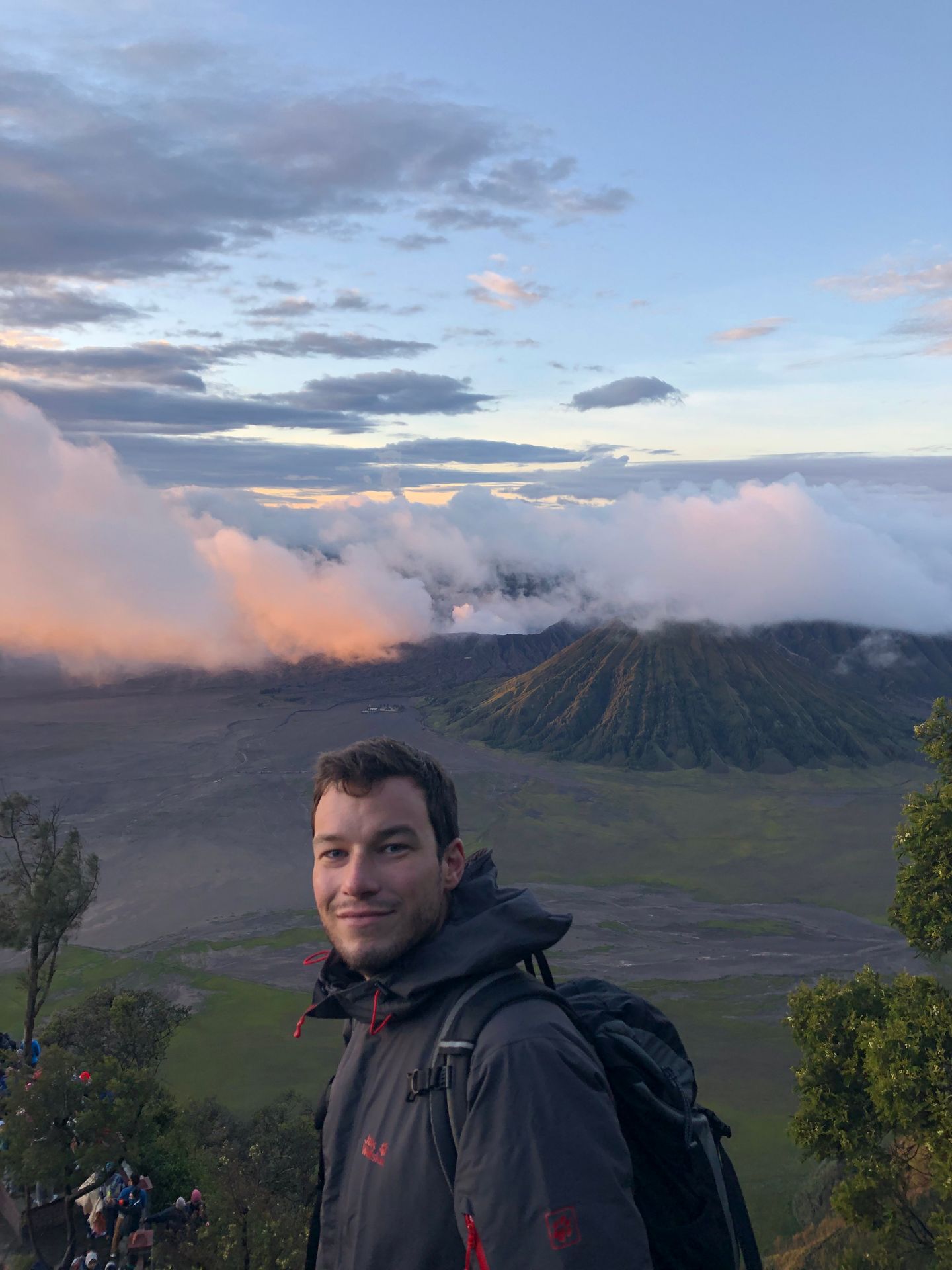
After it has become light, we go back down with the jeep and then continue on foot directly to the Bromo volcano. The business with rental horses is flourishing, so dozens of horses with their owners are ready to lead foot-aching tourists up the mountain. We walk, but we are happy to see the beautiful horses on the way, as the animals present themselves photogenically against the backdrop of the volcano. A steep staircase leads us up to the crater and from there we look into the smoky abyss of the volcano. Every now and then a strong smell of sulfur reaches our noses. Down in the crater, when the smoke occasionally clears, we see boiling hot, foaming water inside the volcano. The volcano also makes a dull roar. Impressive! Claudio walks a little along the crater and Elena stands near the stairs, holding onto the railing, as it is not very high (and she is experiencing a kind of fear of heights). After we have marveled enough and taken photos, we go back to the jeep and later to the car, and after another 7-hour drive we arrive in the city of Banyuwangi, exhausted. Such nightly excursions and long car rides are very exhausting, so we have decided to take a day off. Since we have a room in a really cozy homestay in Banywangi, the day off is not difficult for us at all - it is truly paradise here, as we are in the hinterland, surrounded by green fields with many palm trees. When we ask what we can do in the area, our host quickly recommends a coffee tour. She calls the owner of the coffee plantation (who is obviously not on site) and registers us, and with the help of online maps, we finally find our way, further and further into the countryside, until we arrive in a tiny village at the coffee plantation. Children ride by on their rusty bicycles along the dirt road, and several women squat along the roadside, commenting loudly on our arrival: "Ada turis!" - the tourists are here. Two young guys greet us and first we both order a coffee. Due to a lack of cow's milk (there is only goat's milk on the plantation), we both drink black coffee after the complete, coarse coffee grounds floating in the cups have sunk to the bottom. Javanese coffee style. Tastes "so-so". Then we ask if we can learn something about coffee, and we quickly realize that the two guys only have minimal knowledge of English - but luckily Elena used to speak and understand Indonesian quite well, so we dare to try. The way the two of them discuss the price they can charge us shows, on the one hand, their inexperience with tourists, and on the other hand, their warmth: they ask for 30,000 Rupiah, which amounts to about 2 Swiss francs, to show us how they roast the coffee. Unbelievable! We spend the following hour communicating with hands and feet, with more Indonesian than English and with online translation, and learning about coffee production and roasting. The unroasted coffee beans are unusual to look at, as they are beige-green and heavy in the hand. The adventurous-looking apparatus (a steel drum with a rotating mechanism), which proves to be a roaster, has to be heated for a few minutes by a gas flame below, then the coffee beans are filled into it and the steel drum is turned and turned and turned. Every now and then, we test the roasting of the beans, which slowly become light brown and finally dark black-brown, and the smell of coffee becomes stronger and stronger. Wonderful.
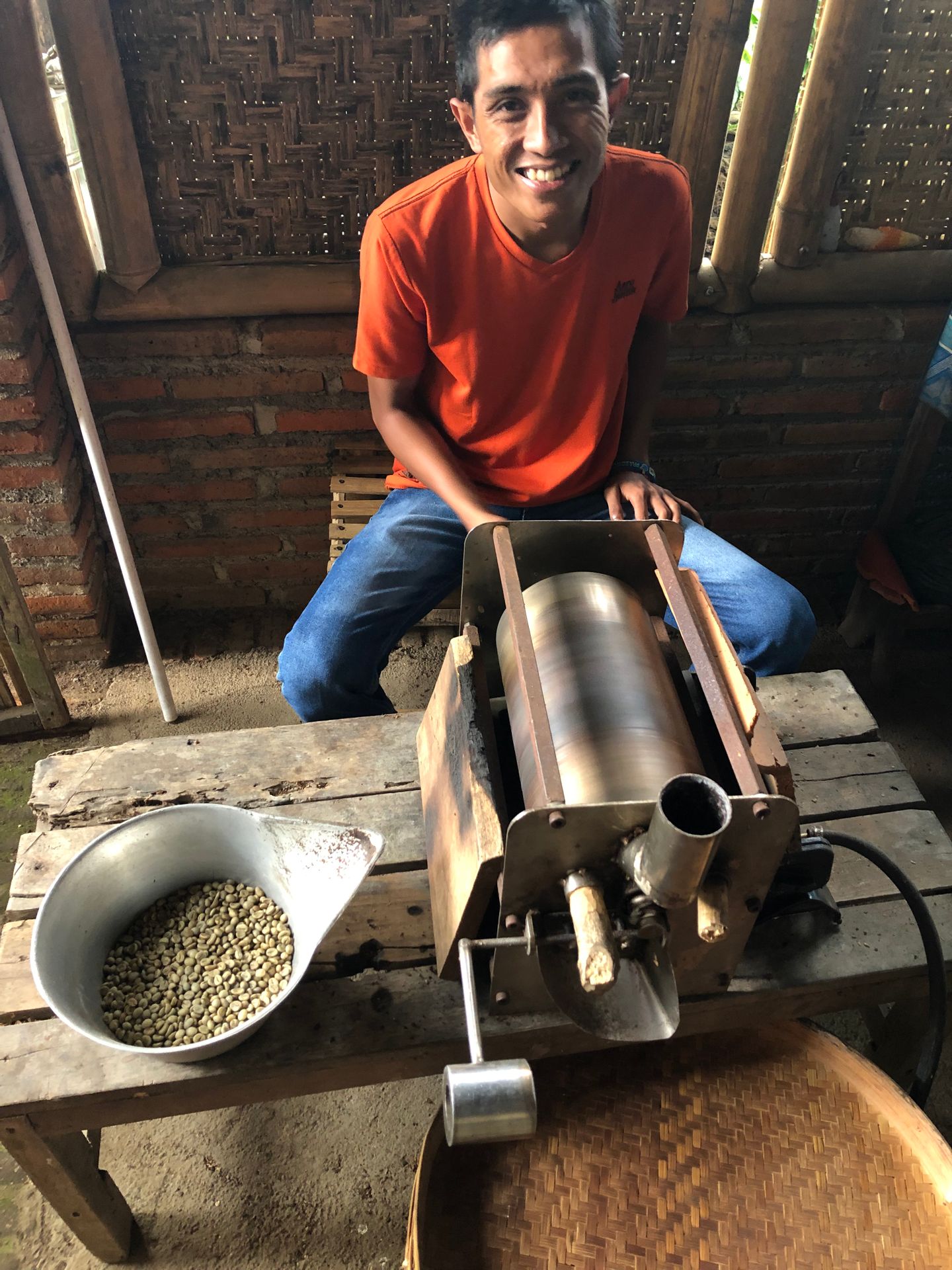
After about fifteen minutes, our coffee is ready roasted. We then buy 500 grams of ready-roasted coffee as a souvenir and are actually ready for the return journey when one of the two guys tells us about a nearby hill with a viewpoint from which you can see the coast and the island of Bali, and when Elena says that sounds great, he nods encouragingly and says: "Ayo!" (Let's go!). That is probably the moment that describes all the friendliness and warmth of the Indonesians (those who live outside of tourist hotspots, who are simply nice, who have conversations without hidden motives, simply because they enjoy exchanging ideas), because as a result, the four of us drive to the viewpoint, which is beautifully planted and seems to be a Sunday outing destination for Indonesian families but also for the "youth of the village" - there are no tourists to be seen far and wide. Suddenly, we feel like we are among friends, more guys join us, one with a guitar, and Elena plays and sings the only Indonesian song she knows by heart. And so we simply have a good time together, far away from all the tourism, which sometimes has its exhausting sides.
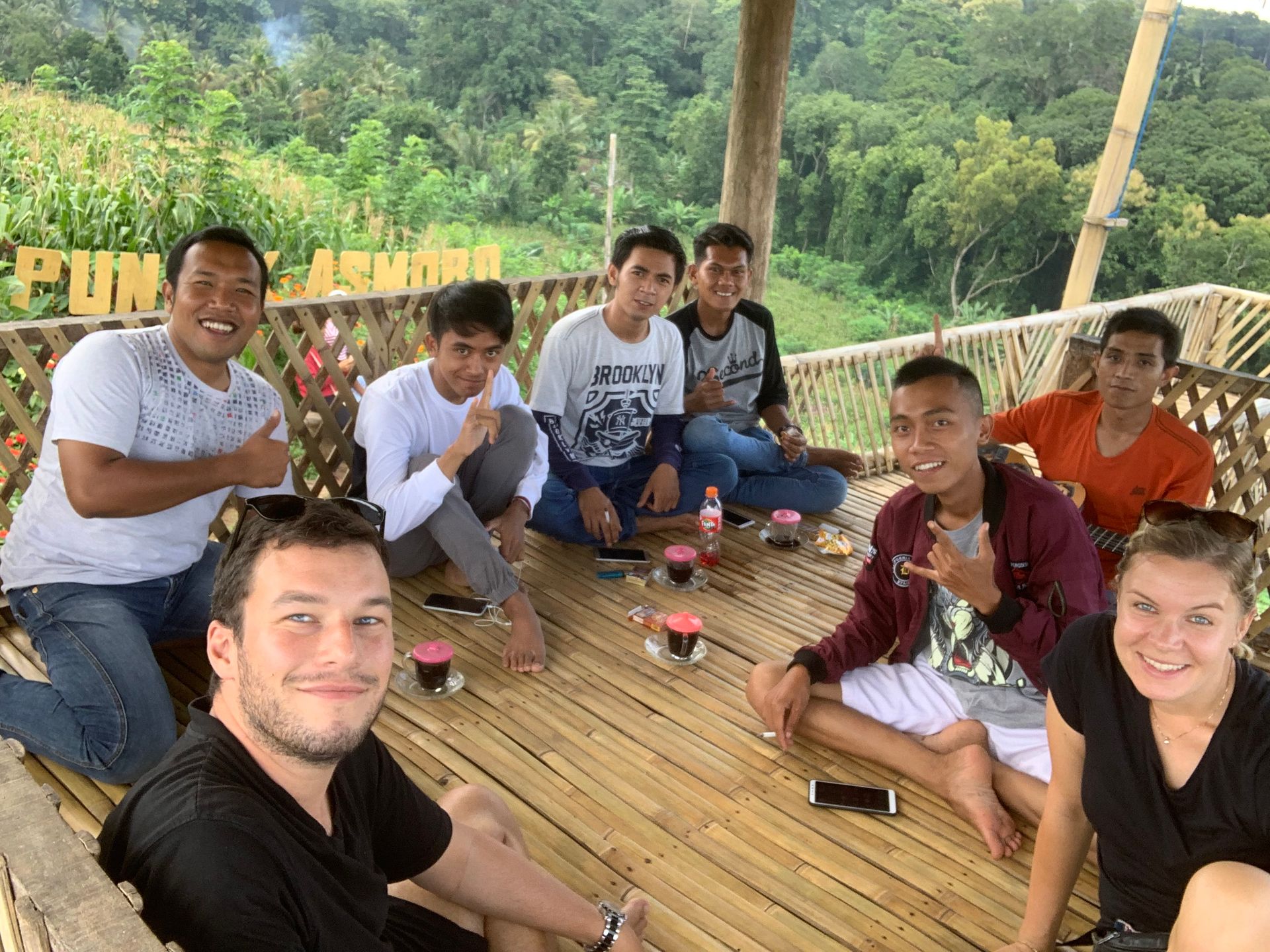
Satisfied and happy, we end the evening on a beach that is not very beautiful and somewhat littered, but again full of nice locals, who share their table with us, even though everything is already occupied, offer us food that we would never have tried otherwise, and ask us what we are doing in Indonesia. Of course, there are also some bizarre situations - like when an older gentleman sitting at the next table first takes a flash photo of Elena and then starts a video conference call with his family, filming her and telling them that there is a foreigner sitting across from him (all this without warning or asking, but that is fine, there is no ill will). We had a relaxed and happy time in Banyuwangi!
On the second night, we start again early, this time at 12:30 a.m., so again we practically don't sleep before! We climb the Ijen volcano! In contrast to Bromo, which we had to share with hundreds of people, the Ijen volcano seems to be practically deserted when we arrive. We have read a lot about the volcano in advance, because there is a lot of interesting things to discover here: at night, the sulfur gases emanating from the volcano sometimes ignite to form a blue fire that then blazes meters high in the volcano. In addition, there is a sulfur mine in this volcano, where workers reportedly perform one of the toughest jobs in the world: extracting sulfur and carrying bamboo baskets weighing 70-90 kilograms with sulfur, first up narrow, unprotected trails to the edge of the crater and then three kilometers very steeply down to the foot of the volcano. All this often without protective clothing, literally unprotected from the poisonous sulfur gases. You cannot imagine what it means to work in this hell. We, as tourists on a guided tour, wear gas masks when we descend into the crater of the volcano after the really extremely steep path. The workers do not. So we were prepared for the sight of the people working there. When we then encounter the first workers, we feel deep respect for them, and also pity. But what really strikes us is something completely different. The workers are friendly and nice, they smile, they greet us and our volcano guide, and they chat with her. We had imagined hard, haggard men who look grim, but here we meet friendly people - that is even more intense. And it deeply affects us.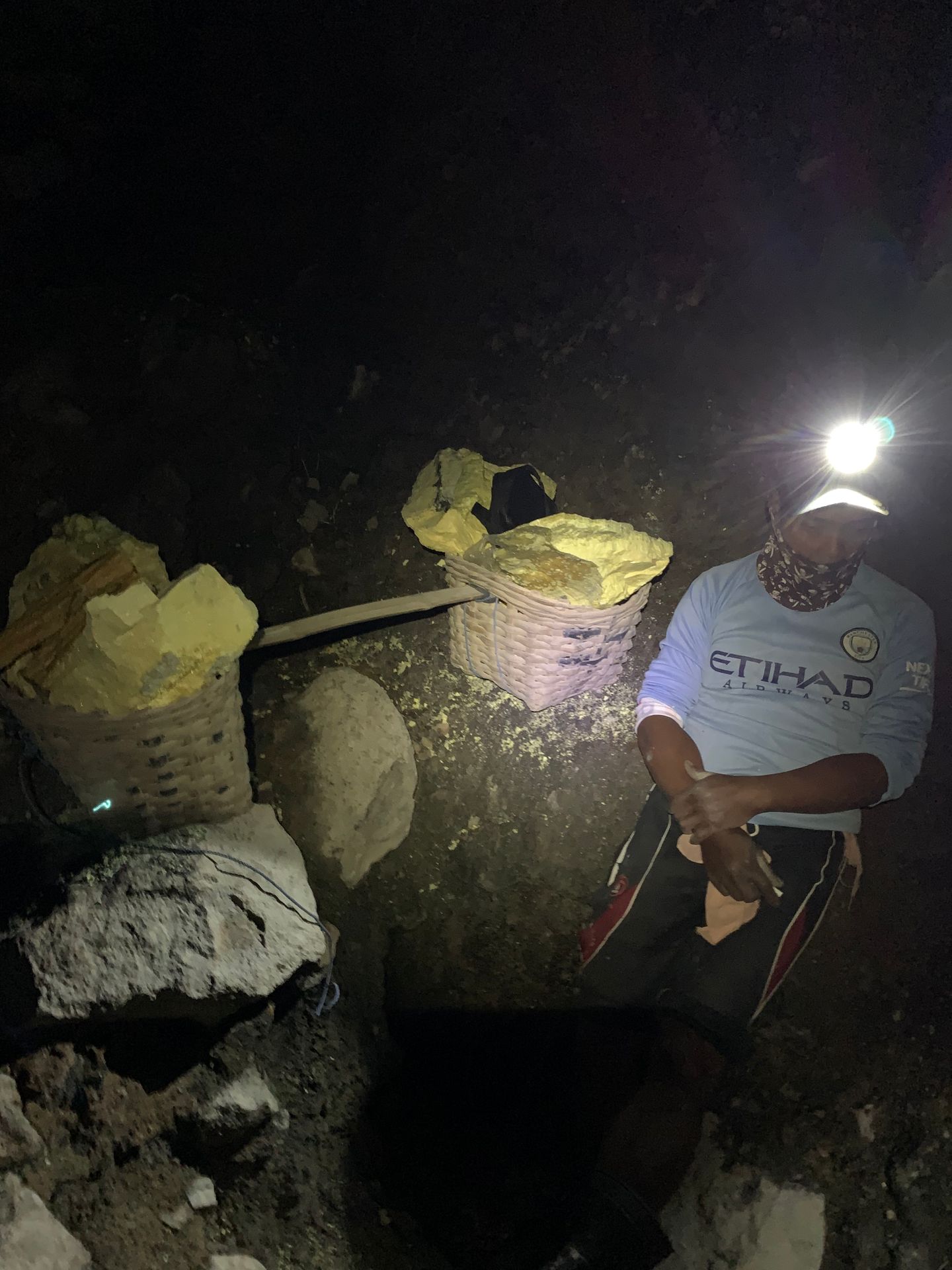
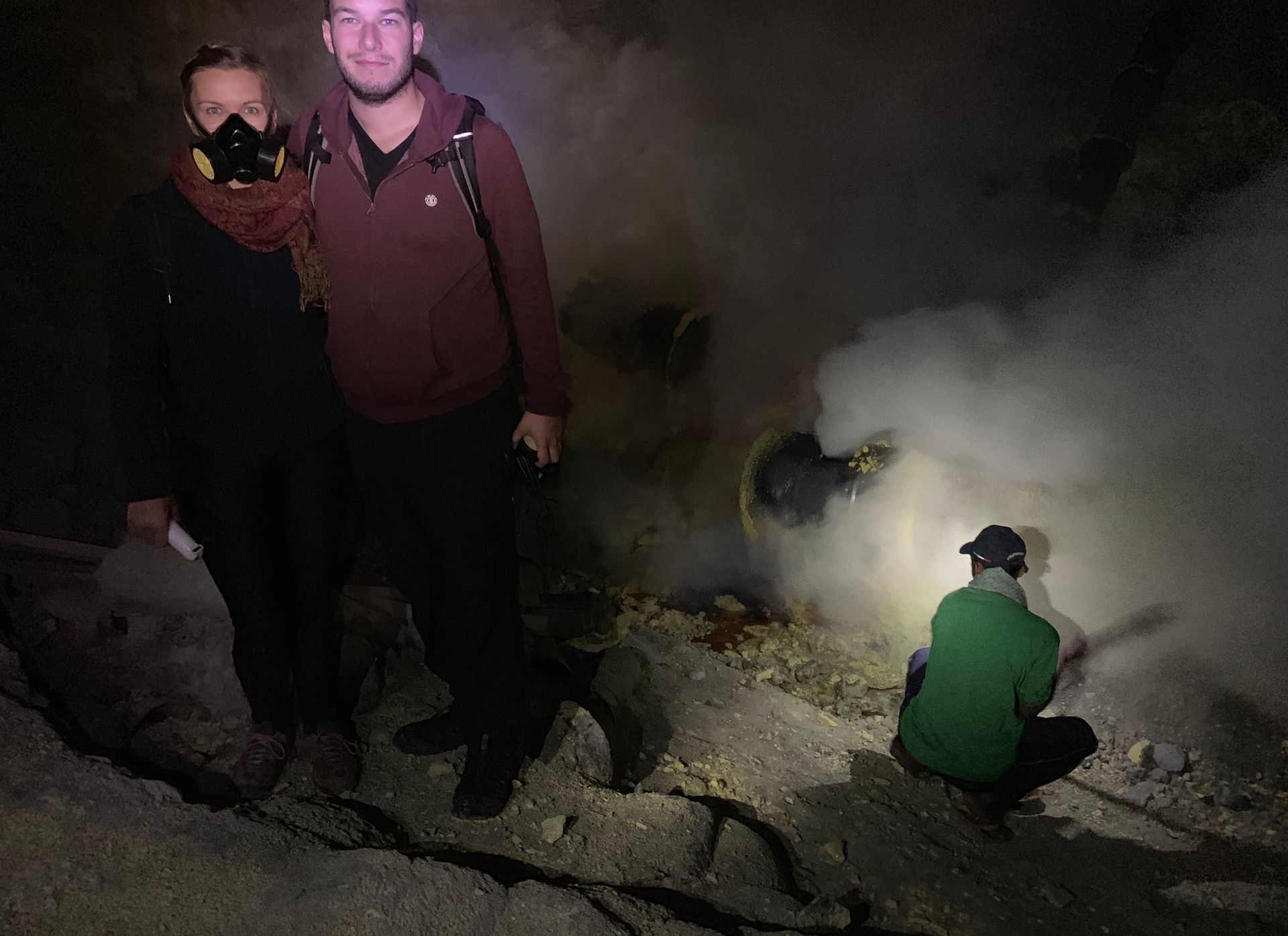

And then we go down the equally strenuous descent (Ouch, Elena's knee!) and finally, after breakfast, a shower, and a ferry ride, on to BALI.
വാർത്താക്കുറിപ്പിലേക്ക് സബ്സ്ക്രൈബ് ചെയ്യുക
ഉത്തരം
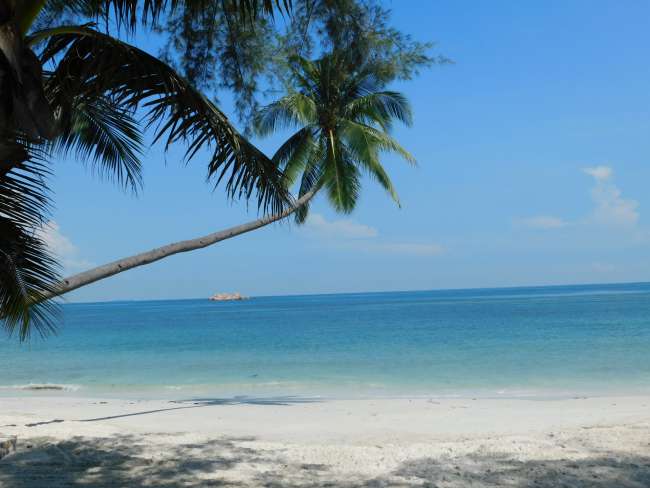
യാത്രാ റിപ്പോർട്ടുകൾ ഇന്തോനേഷ്യ
